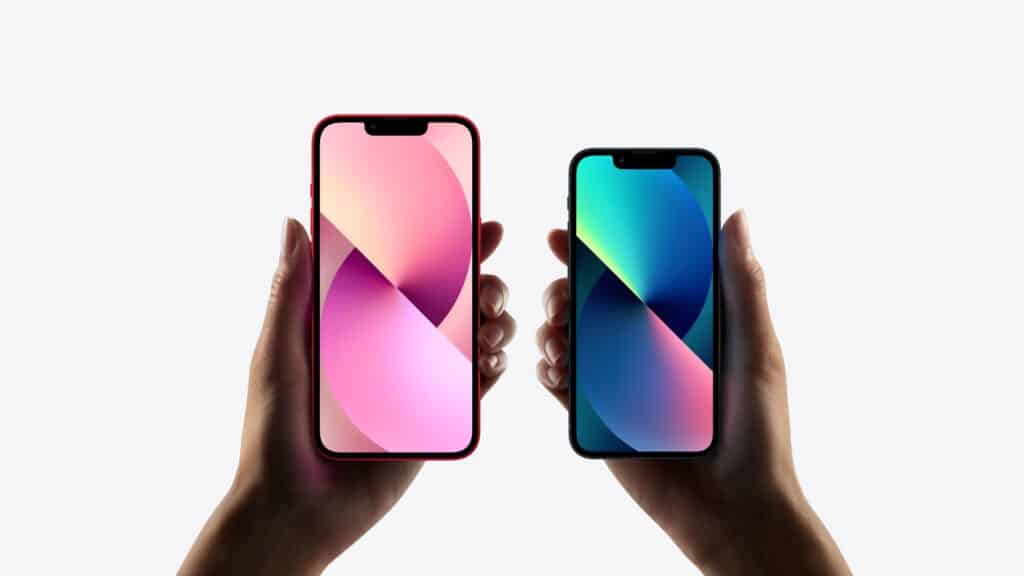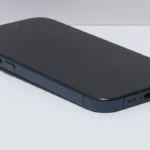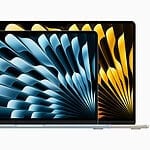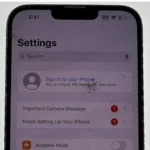Apple’s iPhone 13 has been part of the tech conversation since its release, attracting attention for both its enhancements and areas where it remained static. With a focus on improved battery life and camera capabilities, it promised to be a noteworthy upgrade from its predecessor. However, individuals searching for a substantial leap in features like screen refresh rate and charging speed might find the iteration less revolutionary. The device’s balance between new additions and unchanged aspects place it in a unique spot in the consumer electronics market, sparking varied opinions from users and experts alike.
The design of the iPhone 13 followed Apple’s storied attention to aesthetic and build quality while introducing a brighter display. But the absence of a 120Hz refresh rate, a feature now common in many high-end smartphones, left some reviewers wanting more. On the other hand, the enhanced camera system with its improved sensors and processing capabilities has been hailed as a significant step up, bolstering the iPhone’s reputation as a leading tool for mobile photography.
iPhone 13 Review
The iPhone 13, released in September 2021, is now a mid‑tier option in 2026. With newer models like the iPhone 16 and iPhone 16 Pro dominating the market, many wonder if the iPhone 13 is still worth considering. Let’s break it down.
✅ Pros of iPhone 13 in 2026
1. Still Supported by iOS Updates
- Runs iOS 18 smoothly (and will likely get iOS 19 in 2026).
- Apple usually provides 6–7 years of updates, so it remains secure and functional.
2. Solid Performance
- Powered by the A15 Bionic chip – still fast for everyday use, social media, streaming, and even gaming.
- Handles multitasking and modern apps without major slowdowns.
3. Good Camera System
- Dual 12MP cameras (wide + ultra‑wide) still deliver sharp photos and strong video recording (4K Dolby Vision).
- Great for casual photography, though not as advanced as the iPhone 15/16 Pro cameras.
4. OLED Display
- 6.1‑inch Super Retina XDR OLED with HDR10 and Dolby Vision support.
- Bright, sharp, and color‑accurate, still competitive with mid‑range phones in 2026.
5. Price Advantage
- Much cheaper than newer iPhones.
- Available refurbished or second‑hand at very reasonable prices.
❌ Cons of iPhone 13 in 2026
1. Battery Health Concerns
- After 4–5 years, many units have reduced battery capacity (often 75–85%).
- May require a battery replacement for all‑day use.
2. No 120Hz ProMotion
- Stuck at 60Hz refresh rate, which feels less smooth compared to modern 120Hz+ displays.
3. Older Design
- Still has the notch (instead of Dynamic Island found in iPhone 14 Pro and later).
- Bezels slightly thicker than newer models.
4. Camera Limitations
- No telephoto lens or advanced zoom.
- Night mode is good but not as strong as iPhone 15/16.
5. Storage & Future Proofing
- Base model starts at 128GB, which may feel limited in 2026 with large app and media sizes.
- While still supported, it’s closer to the end of Apple’s update cycle.
🎯 Verdict: Is iPhone 13 Worth It in 2026?
- Yes, if you want a budget iPhone that still runs iOS 18 smoothly, has a great display, and takes solid photos.
- No, if you want cutting‑edge features like 120Hz ProMotion, Dynamic Island, advanced zoom, or the best battery life.
👉 In 2026, the iPhone 13 is best suited for casual users, students, or as a secondary device. Power users may want to look at the iPhone 15/16 series instead.
Key Takeaways
- The iPhone 13 maintains Apple’s high design standards while adopting a more luminous screen.
- Enhanced battery life and camera features mark the iPhone 13’s main improvements.
- The refresh rate and charging speeds stay the same, tempering the overall advancements.
Design and Display Features
The iPhone 13’s design and display have evolved, with greater emphasis on build materials and visual experience. Users will find a blend of design refinements and display technology enhancements in this latest model.
Build and Aesthetics
The iPhone 13 maintains its predecessor’s flat-edge design, with aerospace-grade aluminum edges that encase the robust Ceramic Shield front cover. It comes in various colors, offering choices to suit different tastes. These include Pink, Blue, Midnight, Starlight, and (Product)Red. The iPhone 13 Mini and the 13 Pro Max cater to those who prefer compact phones or larger displays respectively. The Mini is light and manageable, while the Pro Max is sizable with a more substantial weight.
Screen Quality and Notch Reduction
The iPhone 13 series features an OLED display which presents vibrant colors and deep blacks. Resolution on the iPhone 13 sits at 2,532 by 1,170 pixels, providing users with sharp and clear imagery. Notably, the notch—which houses the front camera and Face ID technology—has been reduced by 20% in width, offering a less obstructed view of the screen. While the standard iPhone 13 and Mini lack the Pro models’ 120Hz ProMotion technology, they still offer impressive visual quality with a standard refresh rate suitable for everyday use.
Camera and Photography Innovations
The iPhone 13 series brings enhancements to its camera system, improving both photo and video capabilities. With notable changes to the Pro model’s cameras and new features like Photographic Styles and Night mode, users get more control and better image quality.
Camera System Overview
The iPhone 13 and iPhone 13 Pro models feature an advanced dual-camera system. The rear cameras consist of a 12MP wide camera and a 12MP ultrawide camera. These enable sharp, detailed photos and have a wider field of view. The Pro model includes a third telephoto lens for more zoom.
- Main Camera (Wide): 12MP, f/1.6 aperture, sensor-shift stabilization
- Ultrawide Camera: 12MP, f/2.4 aperture, 120-degree field of view
- Pro model Telephoto Camera: 12MP, f/2.8 aperture, 2.5x optical zoom in, 2x optical zoom out
The front camera, also a 12MP sensor, supports Night mode and delivers quality selfies. Portrait mode on both the front and rear cameras allows users to create professional-looking images with blurred backgrounds.
Photographic Styles and Night Mode
Photographic Styles are preset and adjustable preferences that determine how the iPhone processes photos. Users can choose from a set of styles, which apply selective adjustments to their images, like boosting or muting colors.
- Standard: Balanced and lifelike photos
- Rich Contrast: Deeper shadows and more vivid colors
- Vibrant: Bright and vivid with a punch of color
- Warm: Golden undertones
- Cool: Blue undertones
Night mode on the iPhone 13 automatically kicks in under low-light situations, allowing for brighter images with less noise. This mode works with both the wide and ultrawide cameras and the Pro model enhances this even further with the telephoto camera. Night mode exposure times can vary to adjust for the level of darkness and to maintain sharp photos.







